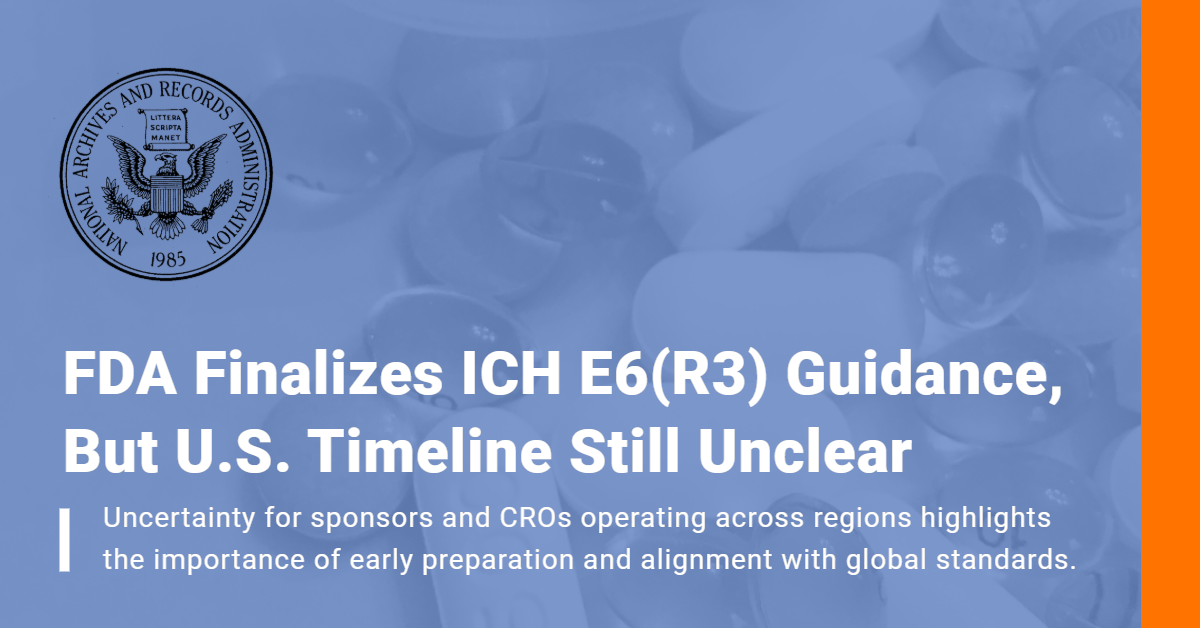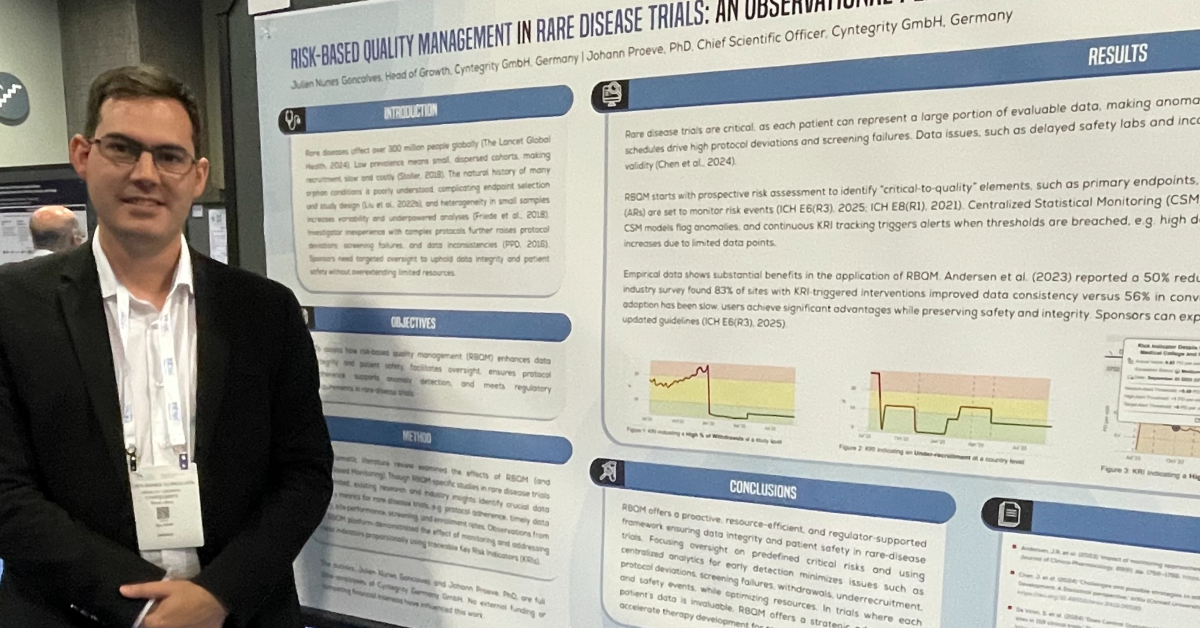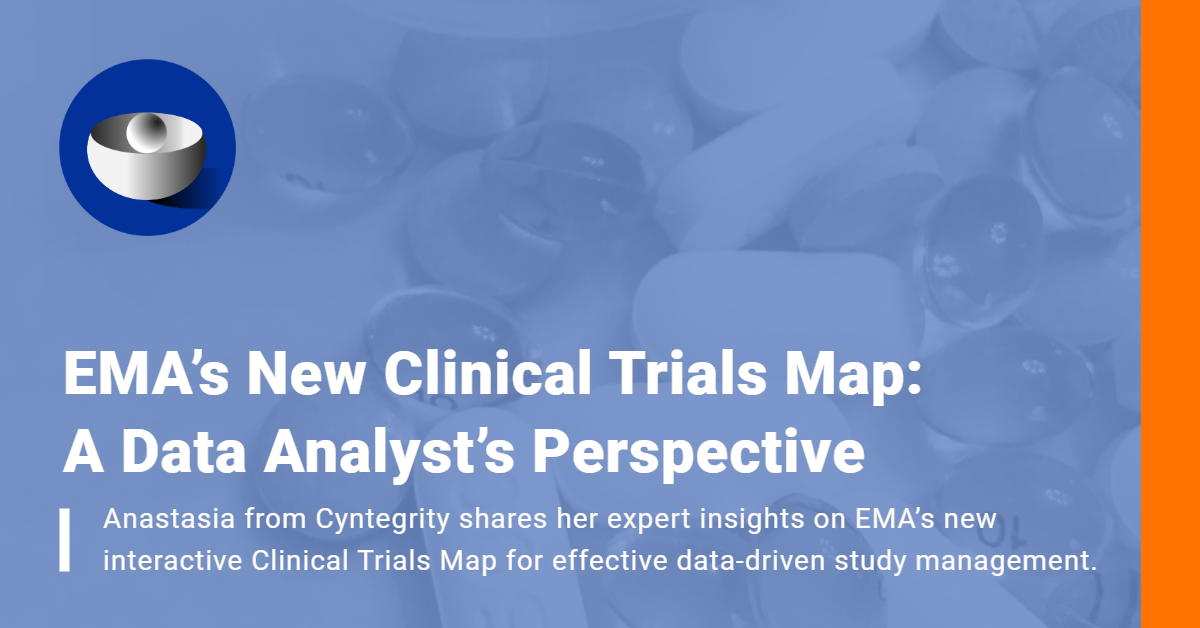Introduction
Extensive research has been conducted to determine whether M&A transactions truly benefit the acquiring firm’s shareholders, but only a few studies have demonstrated significant gains for the acquiring company. Mergers can take different forms, such as horizontal, vertical, or conglomerate, each driven by distinct motivations. The reasons behind these actions can range from efficiency-related factors like economies of scale or synergies to market power and discipline to diversification or management objectives.
 The Unique Goals of M&A in the Pharma Industry
The Unique Goals of M&A in the Pharma Industry
In the pharmaceutical sector, the motivations and objectives behind M&A activities take on a distinct character. Such consolidations can broaden the capital base for further development and foster valuable knowledge exchange between merged entities. This often leads to the generation of innovative ideas and the identification of potential opportunities.
Companies may identify gaps in their value chains, operational processes, or product development opportunities. M&A transactions, akin to brownfield investments, are pursued to fill these gaps. The aim is to offset revenue declines and supplement internal growth by acquiring the pipelines of smaller biotech firms. This strategy serves to replace potential losses due to patent expiration.
The Pivotal Role of R&D Expenditure
R&D expenditure is crucial in determining the value of M&A transactions for shareholders. Depending on the circumstances, R&D inputs can either increase or decrease due to M&A activity.
Some studies suggest that acquisitions negatively impact overall R&D investment and output. This reduction may be attributed to the elimination of duplicate expenditures or the realization of cost-related synergies. Conversely, R&D investments can increase if the M&A transaction enables the acquiring firm to achieve economies of scale in downstream activities such as development, manufacturing, and marketing. This would subsequently provide greater resources for R&D investment.
The impact of M&A on R&D investments and productivity can be negative, positive, or non-existent. Consequently, it’s clear that there is no universally effective approach to increasing an acquiring company’s shareholder return through M&A. This highlights the importance of careful strategic planning, thorough (R&D) due diligence, and the efficient use of resources such as Cyntegrity’s MyRBQM® Portal in navigating the complex landscape of pharma M&As.
Cyntegrity Data Insights – Big Pharma M&As
To support our industry peers, we have created an interactive data visualization tool that offers insights into the effects of some of the biggest M&As in the pharmaceutical industry. This user-friendly application allows users to explore the impact of M&As on pharmaceutical companies, specifically focusing on how these transactions influence the number of clinical trials run, R&D spending, and share prices.
Our findings reveal a slight increase in the stock prices of both the acquiring and acquired companies following the M&A announcement. Moreover, a modest rise in R&D expenditure in the year following the M&A event is evident in the majority of the companies analyzed, even after excluding In-Process Research and Development (IPR&D) costs.
However, these data do not establish a strong correlation between M&A events and increased R&D spending by the acquiring company. This reinforces the idea presented in the previous section that the effect of M&A on R&D investments can be varied, further emphasizing the need for a tailored approach to each unique transaction.
Interestingly, our tool does provide some evidence suggesting an increase in the relative number of clinical trials run by companies before and after an M&A event. This underscores the importance of effective management of clinical trial operations during and after M&A, a task made more accessible and more efficient with tools like Cyntegrity’s MyRBQM Portal.
By providing a centralized platform for risk management, comprehensive risk assessment, streamlined TMF inspection readiness, transparent risk communication, and enhanced decision-making, MyRBQM Portal helps companies navigate the complexities of M&A transactions, ultimately driving value and success in the pharma industry.
Understanding the Impact of Pharma M&As
Although our research was based on a small and potentially biased sample of 32 companies involved in some of this century’s most significant pharma M&As, the data suggests a general tendency for acquiring companies to experience an increase in their conducted clinical trials. This sheds light on some of the reasons why major pharma companies pursue M&As.
Ensuring a Tailored M&A Approach with Our Professional Services
The uncertainty surrounding value creation in an M&A deal can be effectively addressed using our superior technological solution, underpinned by our deep understanding of the industry. The main challenges that Big Pharma faces when approaching M&As can be broadly divided into three categories:
- R&D due diligence challenges
- Ensuring TMF inspection readiness and compliance for recently acquired products
- Integration and alignment of processes and systems
Cyntegrity’s MyRBQM Portal can help M&A professionals to efficiently assess and manage the risks associated with the target company’s clinical trials. Our solution ensures regulatory compliance and TMF inspection readiness for recently acquired products, taking the pressure off your team, and allowing you to focus on strategic decision-making.
 Moreover, our KRI-driven R&D due diligence enhances milestone payment approaches. It aligns financial incentives with critical objectives, fostering collaboration, promoting product advancement, and ultimately driving value creation.
Moreover, our KRI-driven R&D due diligence enhances milestone payment approaches. It aligns financial incentives with critical objectives, fostering collaboration, promoting product advancement, and ultimately driving value creation.
If you’re interested in exploring how our M&A-related professional services can support your organization in making informed, data-driven decisions during complex M&A transactions, don’t hesitate to contact us.
We’re here to help you navigate the intricacies of M&A in the pharma industry. Together, we can turn challenges into opportunities and pave the way for success.
References
- ClinicalTrials.gov. (2021). Trends, Charts, and Maps. Retrieved March 22, 2022, from https://clinicaltrials.gov/ct2/resources/trends
- GlobalData. (2021). Clinical Trials: COVID-19 Impact Assessment. Retrieved March 22, 2022, from https://www.globaldata.com/clinical-trials-covid-19-impact-assessment/
- Jarvis, L. M. Pharmaceuticals: big firms will fight the patent cliff. Chemical and Engineering News. 88 (2), 17 (2010)
- Mishra, P. Effect of M&A announcement on acquirer stock prices in the Pharmaceutical sector and the role of bid premium. https://www.diva-portal.org/smash/get/diva2:1193658/FULLTEXT01.pdf
- Upadhyay, K. R&D Productivity and M&A in the Pharmaceutical and Biotech Industries. https://www.stern.nyu.edu/sites/default/files/assets/documents/Khushali%20Upadhyay_Thesis_Honors%202015.pdf







